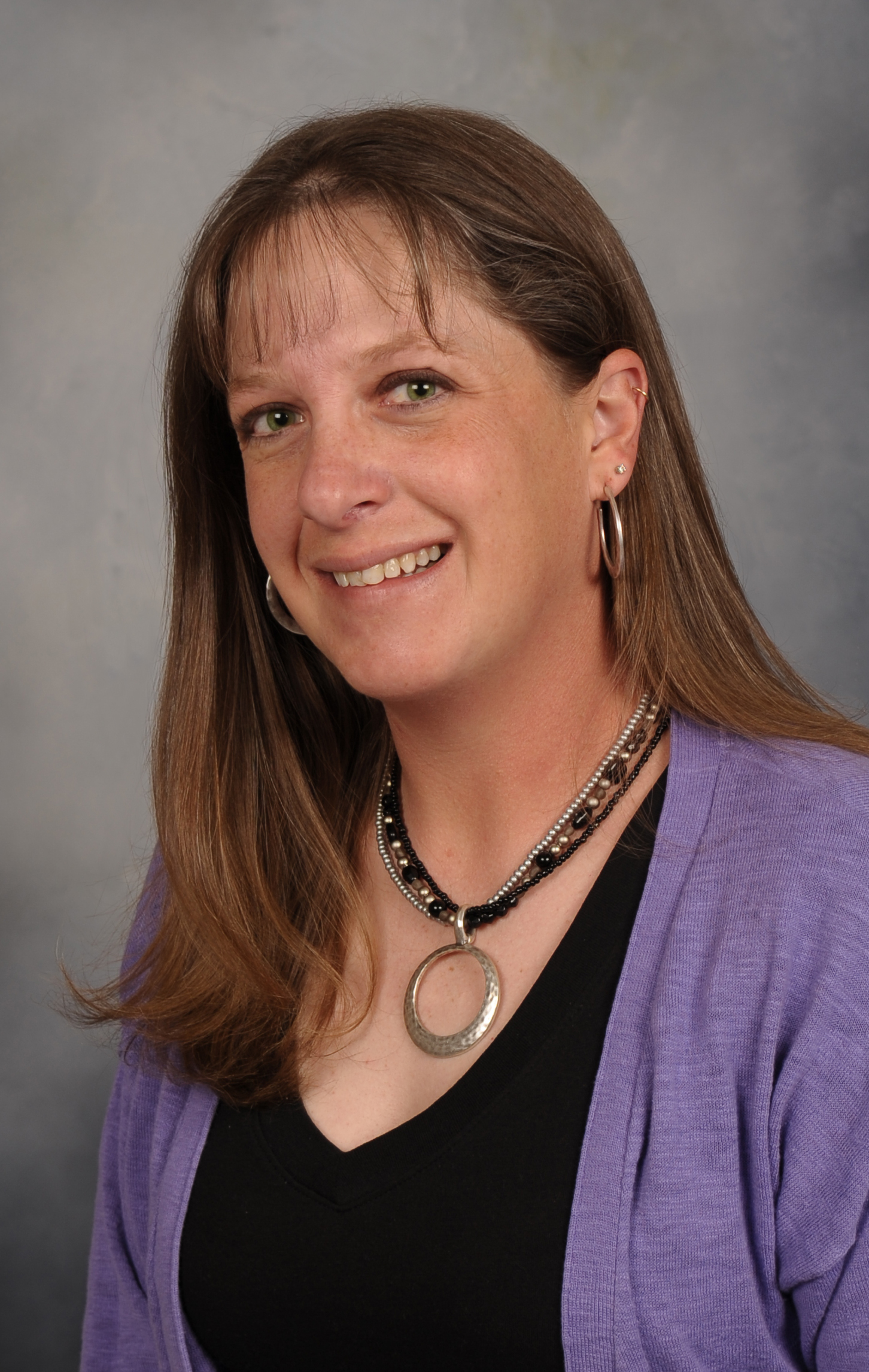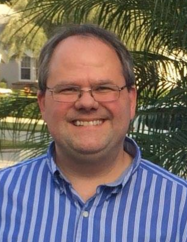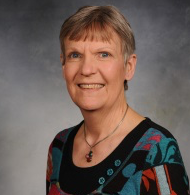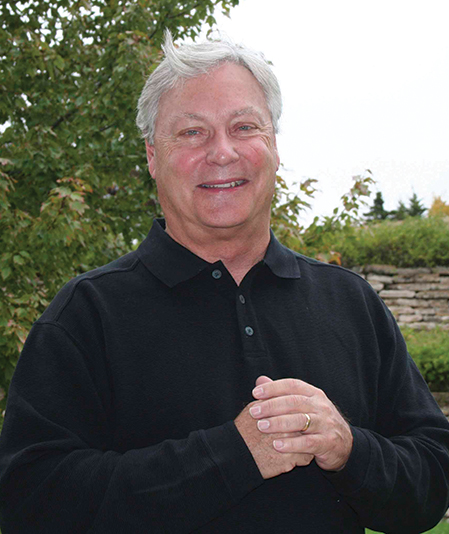
Huck Boyd National Institute for Rural Development
The football players run onto the field for summer practice at Jefferson West High School. But something is different: This field is covered by artificial turf which was last used by the New Orleans Saints of the National Football League. How did NFL turf come to be on a high school football field? It’s due to a hometown Kansas company which specializes in turf installation across the country.
Jake Farrant is founder and president of this remarkable company named Kansas Turf. Jake grew up at Meriden. As a kid, he mowed lawns and helped with his uncle’s golf course and sod farm business in Topeka. He also loved football, starting at quarterback at Jefferson West High School and then at Ottawa University.
After graduation, he returned to Meriden and continued to help his uncle. He also became an assistant football coach at his alma mater, Jeff West. When the family was approached about building a multi-sport complex, which didn’t fit the work of his uncle’s company, Jake saw the opportunity to go into business for himself. In 2008, Kansas Turf was born.
Meanwhile, Jake had met and married his wife Kysa, a K-State graduate. “I sat down with her and drew out a sketch of what my dream business facility would look like,” Jake said. “As I look at our facilities now, it looks eerily like that today.”
Today, Kansas Turf has become a leading sports construction company, with capabilities to design and build sports complexes, do site work, implement golf course and cemetery renovations, and install natural grass and synthetic turf.
The company began doing high school baseball parks and projects for the Veterans Administration, but Jake’s ultimate dream was to do more with sports. When Jake’s former head coach at Ottawa, Patrick Ross, joined the company, the dream started to become reality.
“He was part of that elite coaching fraternity and it opened doors for us,” Jake said. Within 30 days of Coach Ross joining the company, Kansas Turf had its first college football job. It went so well that business grew from there.
Today, Kansas Turf – which started with three employees – employs some 100 people. The company has done projects in more than 30 states, from New York to San Francisco. “Right now we have projects going in Anchorage, Alaska, San Antonio, and Biloxi, Mississippi,” Jake said. That’s an impressive record for a company based in the rural community of Meriden, Kansas, population 813 people. Now, that’s rural.
They’ve even replaced turf for NFL teams such as the New York Jets, New York Giants, and New Orleans Saints. Jake’s company installed the New Orleans Saints turf on the field back home at his old high school, Jefferson West.
In 2018, Kansas Turf was the contractor for turf replacement at K-State’s Bill Snyder Family Stadium where a brand new, state-of-the-art product was installed. “Kansas Turf is proud to partner with AstroTurf on this project,” Jake said. “K-State is the first FBS school in the nation to install this innovative turf, called RootZone Trionic 3D.”
He foresees that more high schools will be installing artificial turf, as parents and administrators learn that such turf is seven times safer and creates less chance of concussions or ligament damage. “It’s all about the kids,” Jake said.
“We’re a family business, most of us from Meriden,” Jake said. Brother Bryce is the company’s chief information officer. Their dad even works on the installation crews sometimes. Under the leadership of Jake’s wife Kysa, the family opened a large day care and preschool facility which serves lots of families. “We believe in faith, family, and the future,” Jake said.
For more information, see www.kansasturf.com.
It’s time to leave this rural Kansas football field now covered by turf from the NFL. We thank Jake Farrant and the people of Kansas Turf who are making a difference with entrepreneurship in sports construction. I’m glad this company is based on our state’s home turf.
And there’s more. Turf is not the only benefit which this company has brought to the community. We’ll learn about that next week.
Ron Wilson is director of the Huck Boyd National Institute for Rural Development at Kansas State University.























